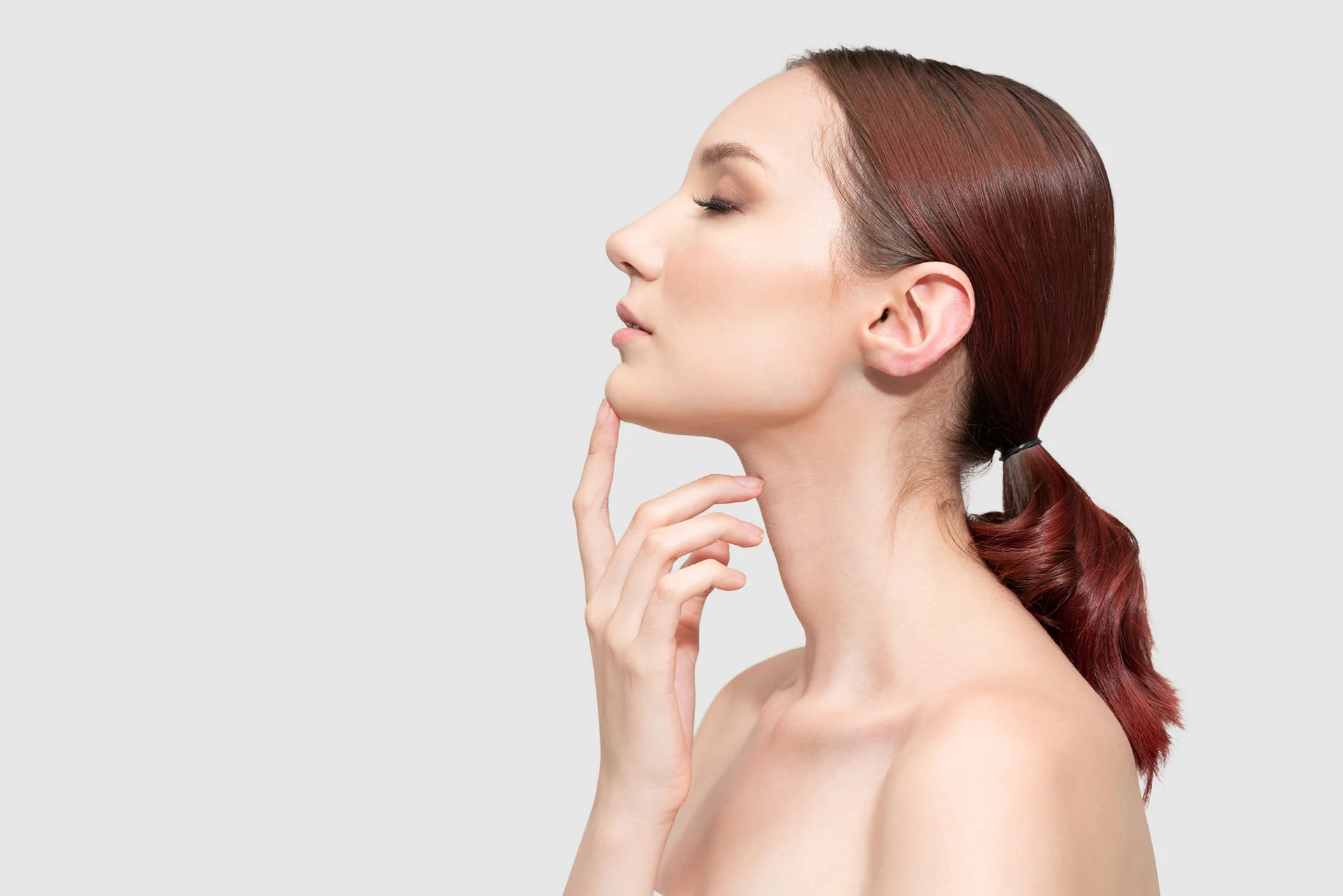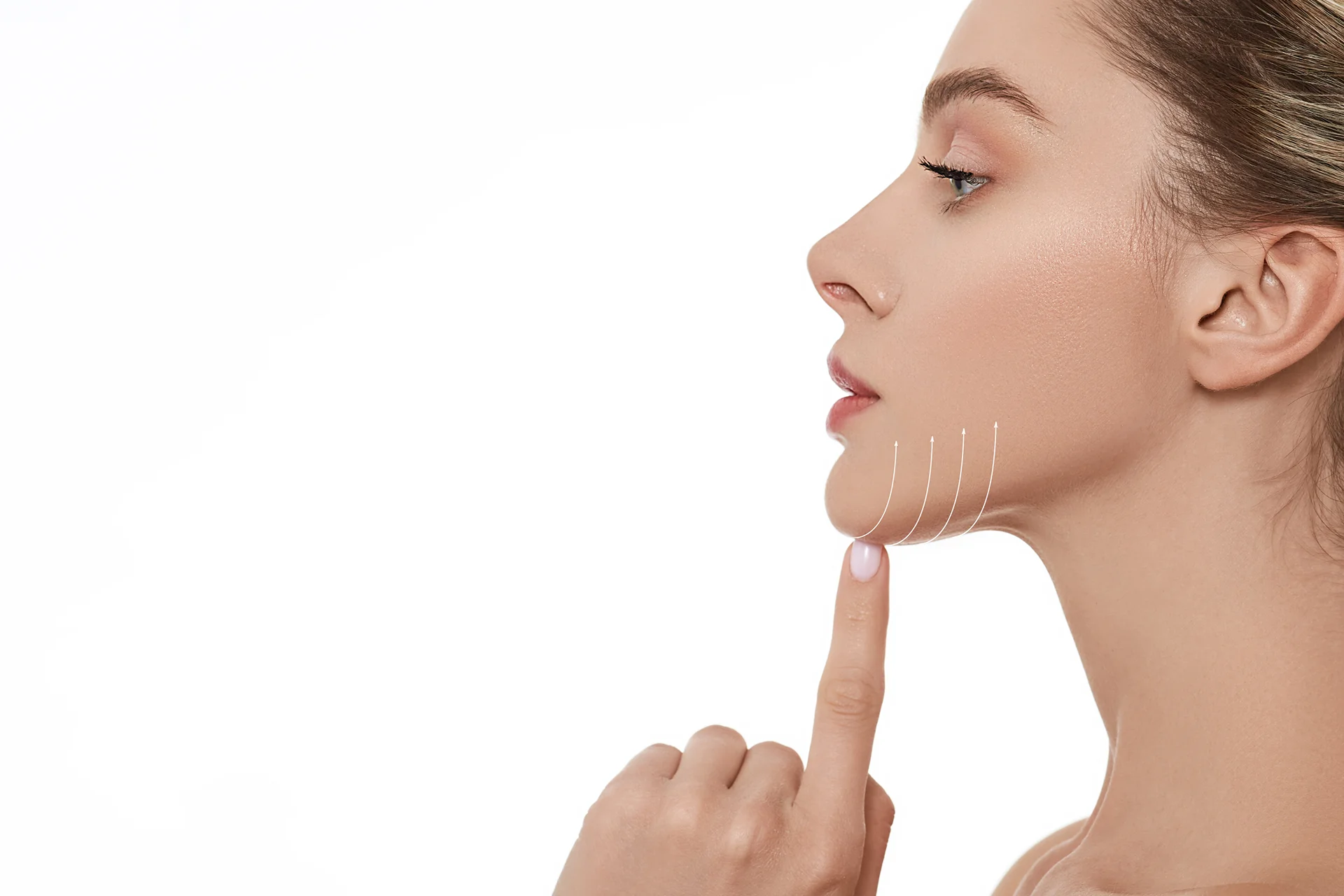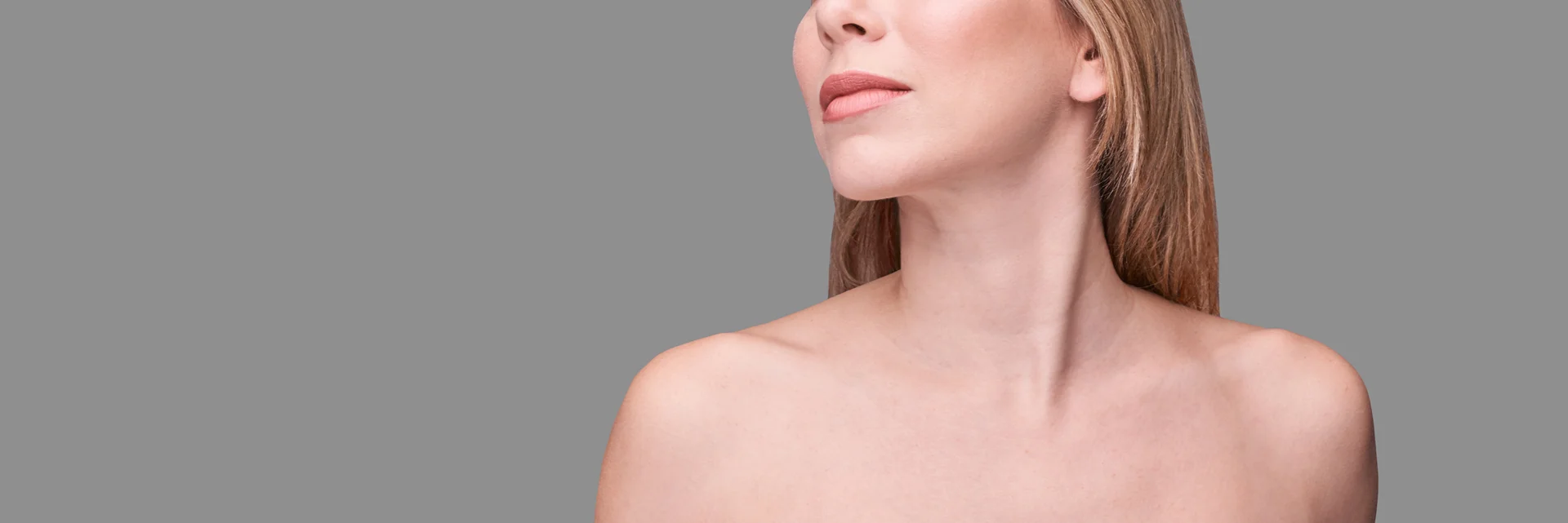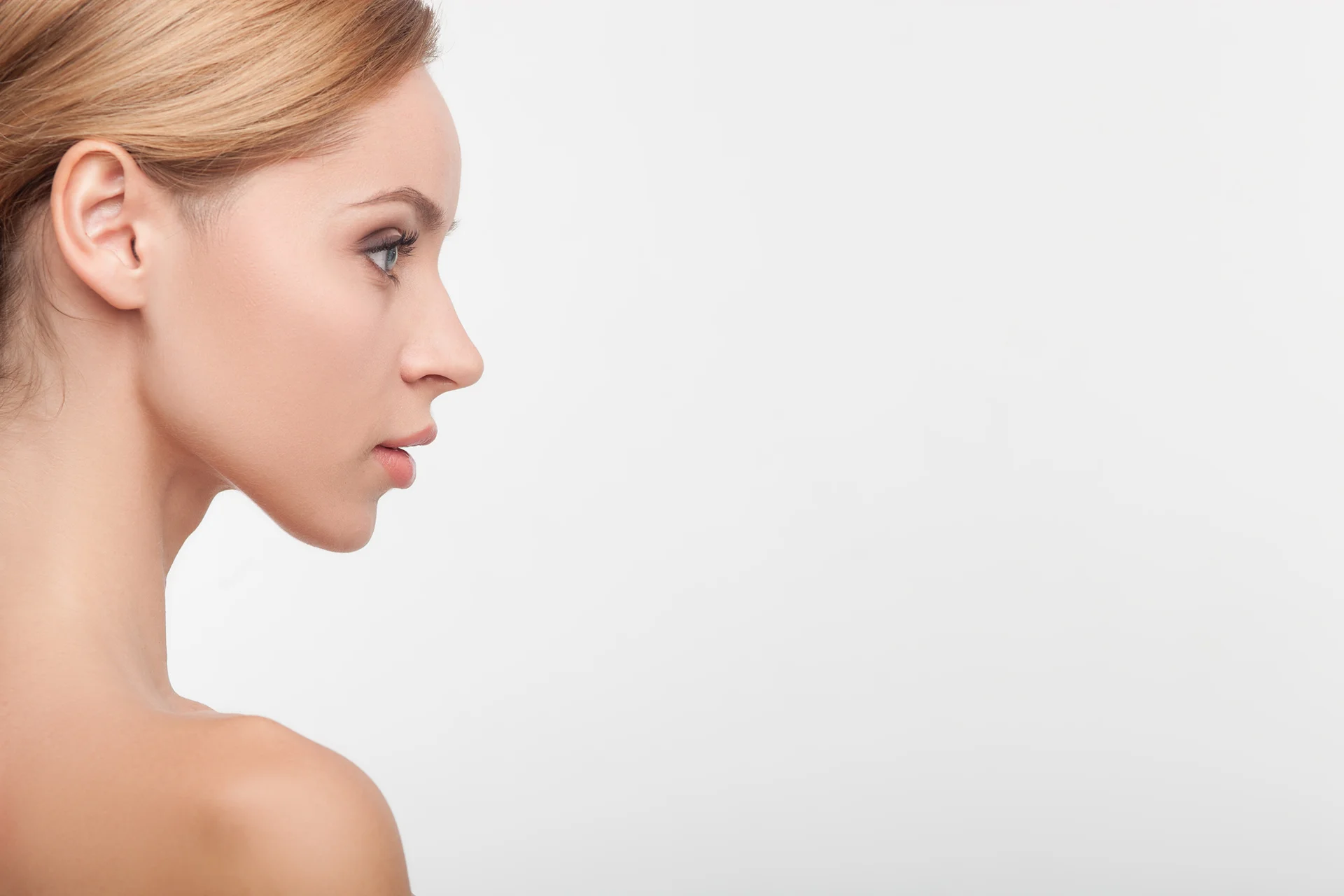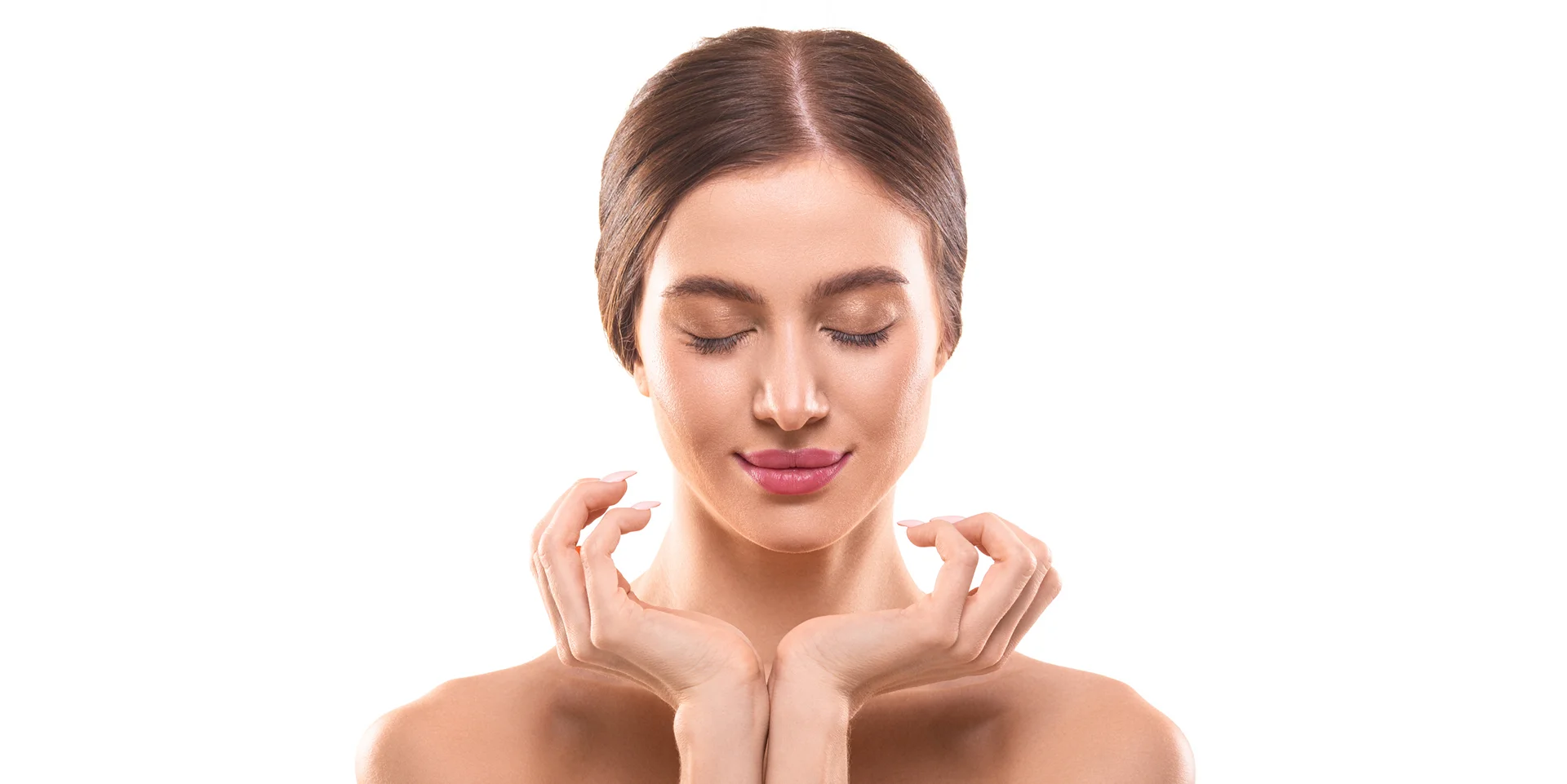Modern Techniques and Aftercare for a Seamless Recovery
Chin liposuction has grown in popularity in recent years as a method for achieving a slimmer facial profile and removing excess fat deposits under the chin. However, it is important for those considering the procedure to understand the potential for scarring after liposuction surgery.
This article will provide an overview of the chin liposuction process, healing, risks, and strategies to optimize results and minimize scarring.
Understanding Chin Liposuction
Chin liposuction, also called submental liposuction, involves using a thin tube called a cannula that is inserted through small incisions in the skin under the chin to break up and suction out fat deposits in that area.
The Differences Between Chin and Neck Liposuction
Chin liposuction differs from neck liposuction which addresses areas lower on the neck. Key differences include:
| Chin Liposuction | Neck Liposuction | |
| Target Area | Submental area (under the chin) | Entire neck area |
| Goal | Improve chin contour, jawline, and neck definition | Slim the neck and define the angle with the face |
| Procedure | Insertion of a small tube through incisions behind ears or beneath chin suction out excess fat | Insertion of small tube through incisions in various locations to suction out excess fat |
Choosing a board-certified plastic surgeon who belongs to professional groups like the American Board of Plastic Surgeries, the American Society of Aesthetic Plastic Surgeons, and the American Society of Plastic Surgeons is important for safety and optimal results.
The Chin Liposuction Procedure

During the initial consultation appointment, the surgeon will discuss the goals for surgery and examine the patient’s facial structure and areas of excess fat deposits. Markings will then be made on the skin to map out where fat will be suctioned.
The procedure is considered minimally invasive as it usually requires no more than three or four tiny incisions. It typically requires two small, well-hidden incisions underneath the ears to allow for entry of the liposuction cannula. The planned incision site is numbed with local anesthesia and will take about 45 minutes to finish.
During the procedure, the surgeon inserts the cannula (tube), into the different areas of the chin and removes small and strategic amounts of fat using gentle suction. This addresses fat deposits, and loose skin and can help achieve a slimmer jawline appearance.
Chin liposuction is usually performed as an outpatient procedure in a surgical facility.
Scarring After Liposuction
All surgery results in some scarring as the body undergoes a natural healing process. With chin liposuction, incision sites made for cannula insertion are where most visible scarring occurs initially.
Over time, scars can take on different appearances from minimal and barely noticeable, to thicker and raised or discolored (hypertrophic).
Factors that Affect Scarring
Individual factors such as anatomy, surgical technique, skin laxity, and healing process can influence scarring outcomes after chin liposuction.
| FACTORS | |
| 1. Anatomy | Skin thickness, elasticity, and healing ability influence scarring outcomes. Thicker skin may lead to more noticeable scars, while thinner skin may heal more discreetly. |
| 2. Surgical Technique | The surgical approach used during chin liposuction affects scarring. Skillful placement of incisions and advanced techniques like microcannula liposuction can minimize scar visibility. |
| 3. Skin Laxity | Skin elasticity and firmness impact scarring. Poor skin laxity can lead to loose or wrinkled skin after fat removal, affecting scar appearance. |
| 4. Healing Process | Factors like age, genetics, and health influence scar formation and fading. Proper aftercare is essential for optimal scar healing. |
Recovery and Aftercare
The recovery period after chin liposuction typically involves a few weeks. Patients are advised to wear a compression chin strap garment for several weeks to minimize swelling and soften scars. Postoperative instructions focus on incision care, resuming daily activities gradually, and follow-up appointments with the surgeon.
Getting enough rest in early recovery allows the body to heal effectively. Returning to strenuous activities may take 4-6 weeks to allow for proper wound healing and reduce the risk of complications.
Additional tips for aftercare include:
- Take it easy, especially the first few days, and avoid heavy lifting.
- Use ice as treatment as recommended by your surgeon.
- Stay hydrated by drinking plenty of clear fluids.
- Elevate your head while sleeping using pillows for gentle elevation.
- Be patient and allow time for full healing, which can take several weeks.
- Avoid smoking to support healing and refrain for at least two weeks after surgery.
- Protect your skin from sun exposure by wearing a hat and using SPF 30+ sunscreen.
Optimizing Scar Healing
After the initial healing phase, applying approved topical creams containing vitamin E or silicone can help reduce discoloration and soften scars further. Vbeam laser treatments may also be used to minimize the appearance of older scars that remain visible or thickened over time.
Touch-up liposuction within the first 6 months can improve results and skin appearance by smoothing surface irregularities. Getting laser scar therapy and additional liposuction is especially important if the goal is achieving a smooth, refreshed appearance. Proper technique and minimizing skin trauma during surgery also support the best scar outcomes.
Potential Risks and Complications
As with any surgical procedure, there are inherent risks to be aware of before undergoing chin liposuction. Possible complications include infection, internal bleeding, or fluid accumulation if large volumes of fat are suctioned.
Patients with medical issues like blood clotting disorders may not be ideal candidates due to the risks of hematoma. In rare cases, unfavorable scarring, skin damage, or other issues could result in needing revisional procedures.
However, these types of unfavorable outcomes are minimized when performed by a qualified surgeon in a supervised facility. Fatal outcomes from chin liposuction are exceptionally rare when standard safety precautions are followed.
Alternative and Complementary Procedures
While chin liposuction aims to remove fat, additional procedures may be used to further enhance chin contour. For example, buccal fat removal (fat from the cheek area) creates a more prominent jawline in combination.
Liposuction performed with simultaneous skin tightening procedures like laser resurfacing treats excess skin as well as fat deposits. Superficial liposuction techniques leave less trauma to outer skin layers, offering a smoother result.
Post-liposuction treatments like skin needling help further smooth any surface irregularities left behind by the original procedure. Multiple modalities work best to achieve fully contoured, youthful facial aesthetics.
Conclusion
Chin liposuction effectively removes fat to slim the jawline and chin area when performed skillfully. However, it is important that prospective patients are fully informed about the ordinary risks like scarring as well as potentially unfavorable outcomes involved, however small the risks may be.
Seeking consultation with a board-certified plastic surgeon who specializes in facial contouring and understands strategies to optimize scar healing will maximize chances of attaining natural-looking results. Being fully educated allows individuals to make informed health decisions regarding their own cosmetic goals and risks.
Achieve Confidence Through Consultation
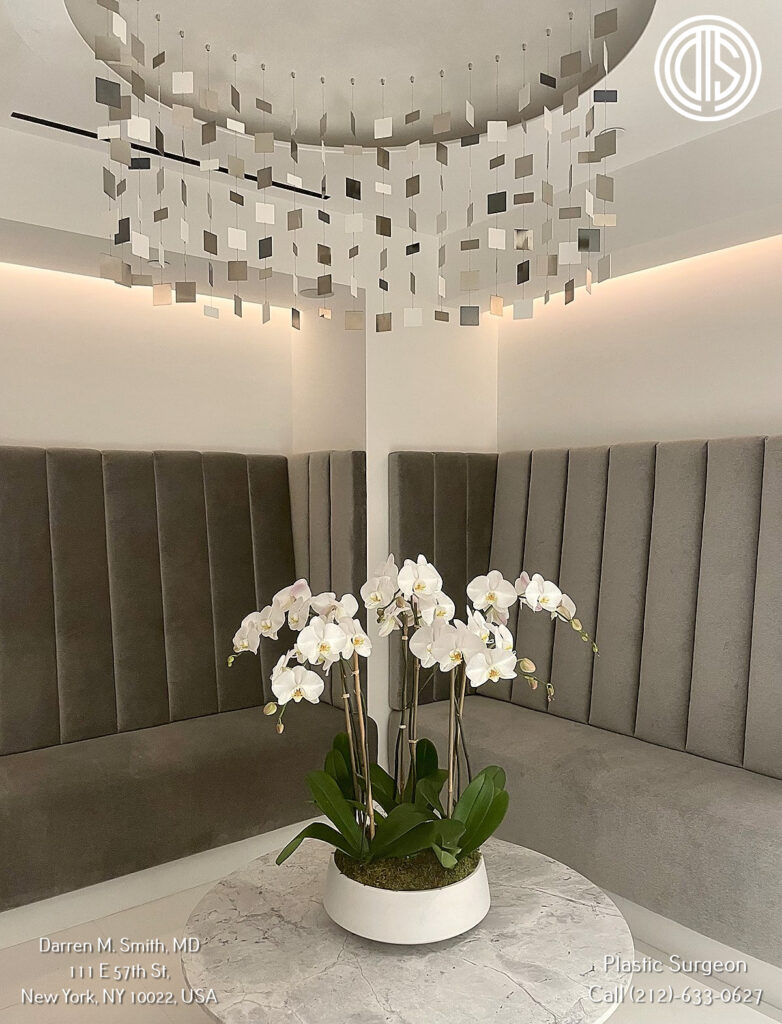
If you’ve considered chin liposuction to enhance your facial profile and want to explore the procedure with an experienced expert Dr. Darren M. Smith, consider scheduling a consultation appointment.
Schedule your initial consultation to begin envisioning the contours you desire!
